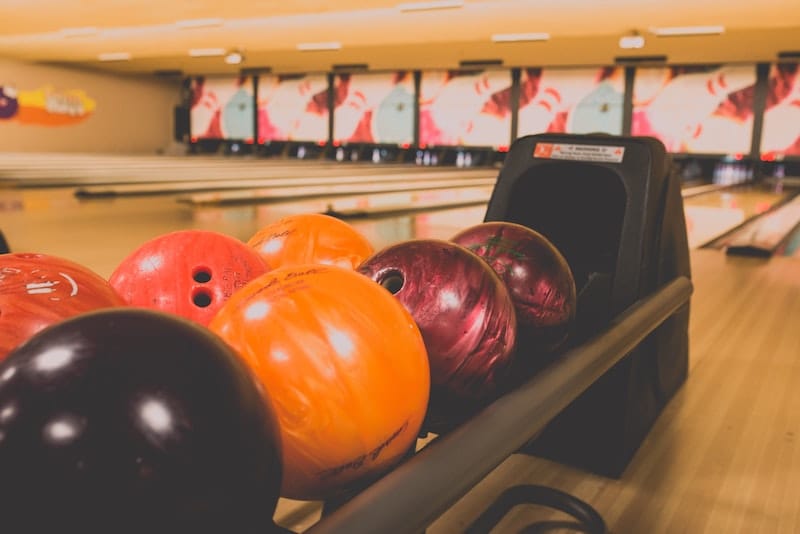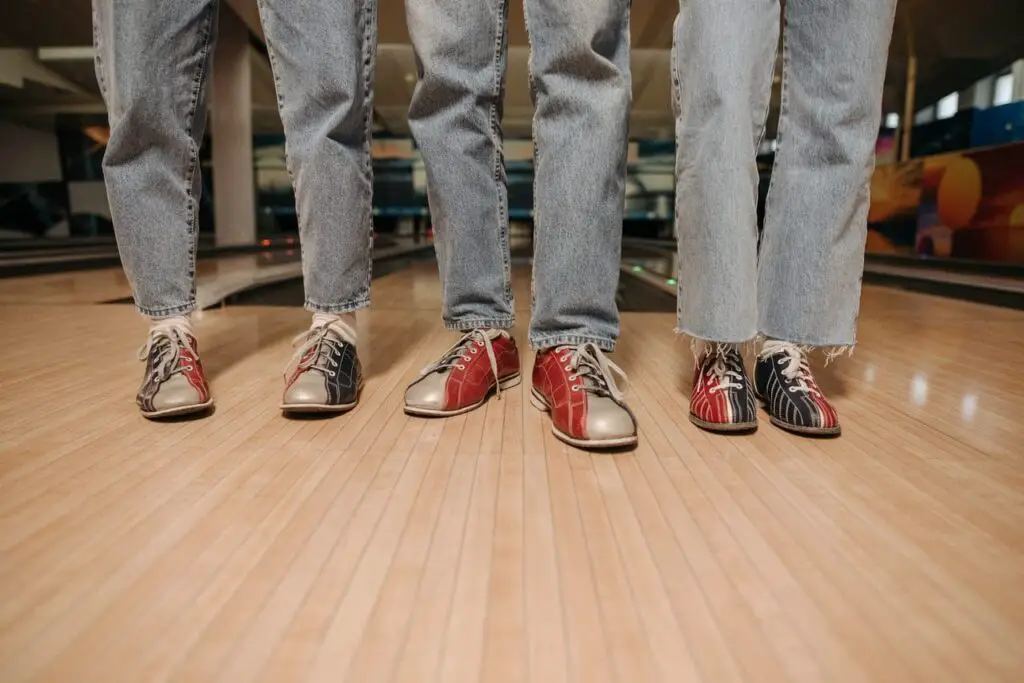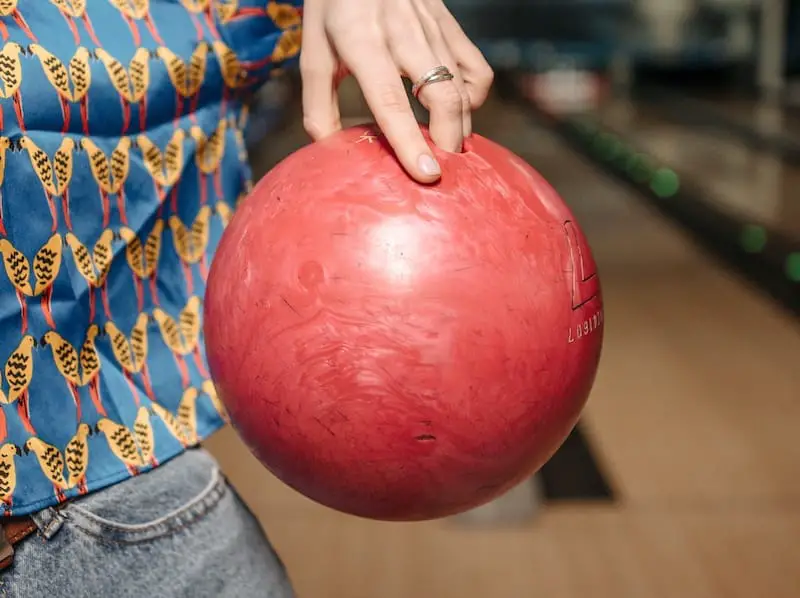The signature piece of bowling equipment is, of course, the bowling ball. These specialized balls are engineered for power and precision. However, even the most durable balls will eventually sustain damage from repeated use. Cracks and chips are common issues that can occur. Thankfully, it is possible to repair cracks and restore your ball to playing condition with the right techniques and materials.
Assessing the Damage
Before attempting repairs, you’ll need to thoroughly examine the ball to determine the extent of the damage. Carefully inspect the entire surface, looking for any cracks, chips, or gouges. Pay special attention to high impact areas like the finger holes. Use a flashlight to illuminate the inside of drilled holes to check for hidden cracks.
Determine if the damage is cosmetic only, scuff marks (Read: How to fix scuff marks on a bowling ball) or if it extends deeper into the ball. Surface cracks are generally easier to remedy than structural cracks permeating deep into the core. Identify what type of ball you have – urethane, resin, or particle. This can provide insight on the best repair method. Consult the manufacturer’s guidelines as well.
Cleaning the Ball
Proper cleaning is imperative before repairing cracks and chips. Any oil, dirt, or debris left on the ball can prevent adhesives and fillers from bonding correctly. Use a clean, lint-free cloth dampened with a ball cleaner or isopropyl alcohol to gently wipe the surface of the ball. Pay close attention to thoroughly cleaning the damaged area and a wide area surrounding it. Let the ball dry completely.
Filling Chips and Voids
Small cosmetic chips and voids can often be repaired at home. Purchase a bowling ball repair kit containing fillers, sealers, abrasives, and finishing compounds specifically designed for bowling ball materials. Carefully follow the manufacturer’s instructions. Start by gently roughening the damaged spot with 150 grit sandpaper. Blow away any dust. Fill the damaged area just beyond the edges, allowing the material to be sanded flush later. Level and smooth the filler using Popsicle sticks or tongue depressors.
Also read: Are bowling balls hollow?
Sealing Cracks
Penetrating cracks in bowling balls can spread over time, eventually requiring replacement of the ball. Sealing cracks helps prevent further damage. Use a specialty bowling ball sealant, applying it carefully according to the product directions. Thoroughly work the sealant into the crack. Remove any excess, wiping gently to avoid scratching the ball’s surface. Allow ample drying time before use. Inspect periodically to ensure cracks remain fully sealed.
When to Call a Professional
While many chip and crack issues can be resolved with do-it-yourself repairs, more serious structural damage requires professional help. Extensive cracking, large broken-off pieces, deformed finger holes, and loose interior cores necessitate taking the ball to a qualified pro shop. Technicians have specialized tools and expertise to fully assess and repair major damage. They can determine if the ball is still usable or needs retirement.
Sanding and Polishing
Once fillers are completely cured, use progressively finer grit sandpaper to smooth and level the area. Work up to at least 2000 grit for a smooth, uniform finish. Avoid over-sanding, which can create low spots. Use a dry towel to remove all dust between sanding stages. Finish by polishing with a high quality bowling ball polish to restore luster. Carefully follow directions, applying thin, even coats of polish. Wait for it to fully cure between applications.
Preventing Future Damage
Repairing a cracked ball gets you back in the game, but you’ll want to take measures to prevent future cracks and chips. Using a bowling ball case provides vital protection, absorbing impacts instead of the ball. Bring several balls and rotate usage to give each one a chance to rest. Wipe down after every use, and regularly clean with bowling ball cleaner. Avoid using harsh chemicals or abrasives. Check for wear around finger holes and have them re-drilled if needed. With proper care, your ball will stay crack-free and roll true.
Read: Does bowling balls have a liquid center?
Tools Needed to Repair a Cracked Bowling Ball
Before repairing a cracked bowling ball, you’ll need to gather some specific tools. Here’s what you’ll need:
Sandpaper
To repair a cracked bowling ball, you’ll need several types of sandpaper ranging from coarse to fine grits. The coarser grits will be used for leveling the surface around the crack and smoothing out any rough spots, while the finer grits will be used for polishing the area after the repair is complete.
Epoxy Resin
Epoxy resin is a type of adhesive that is perfect for repairing cracks in bowling balls. It’s strong, waterproof, and can fill in even large cracks with ease. When selecting your epoxy resin, look for one that is specifically designed for use with plastics or composites.
Masking Tape
Masking tape is used to cover any areas around the crack that you don’t want to get covered in epoxy resin or damaged during sanding. Use high-quality masking tape to ensure it stays in place throughout the entire repair process.
Bowl Stand
You’ll also need a bowl stand (or something similar) to hold your bowling ball securely while you work on it. This will keep it from rolling around and make it easier to apply pressure when necessary.
Razor Blade or X-Acto Knife
A razor blade or X-Acto knife will come in handy if there are any loose pieces of plastic or composite material around the crack that need trimming before applying epoxy resin.
Gloves and Safety Glasses
Don’t forget to protect yourself with gloves and safety glasses! Always wear gloves when handling epoxy resin as it can be harmful to skin and eyes.
Safety glasses will protect your eyes from any flying debris during the sanding process as well. Now that you have all the necessary tools, you’re ready to start repairing your cracked bowling ball.
Fixing a damaged bowling ball takes patience, care, and the right materials and methods. Start by thoroughly examining the ball and identifying needed repairs. Carefully follow repair product directions. Sand, polish, and seal to restore the ball’s appearance and integrity. Protect the ball between uses and maintain it properly. With some elbow grease and attention to detail, you can get your favorite ball back into top shape.
Can you recycle a bowling ball?


